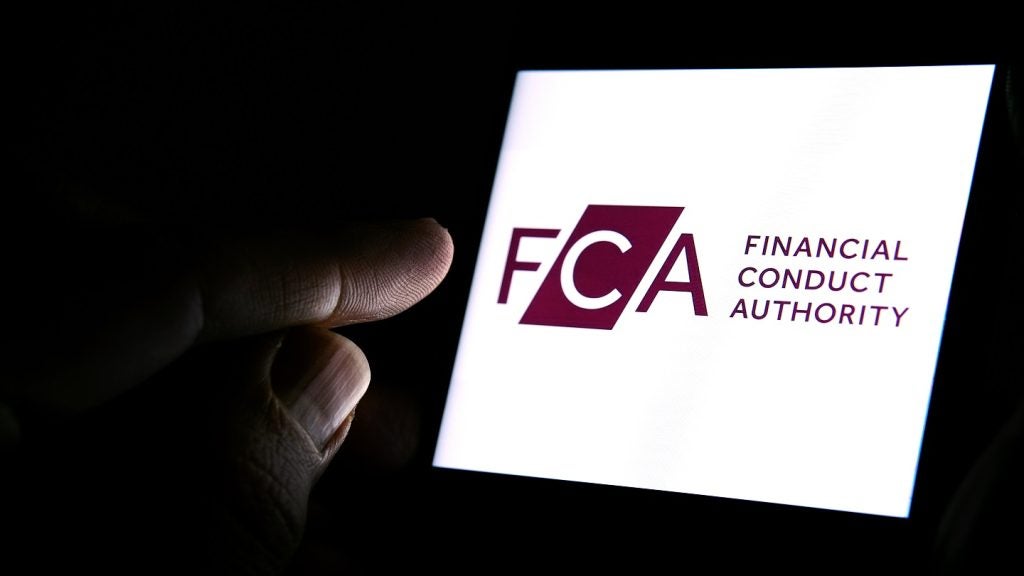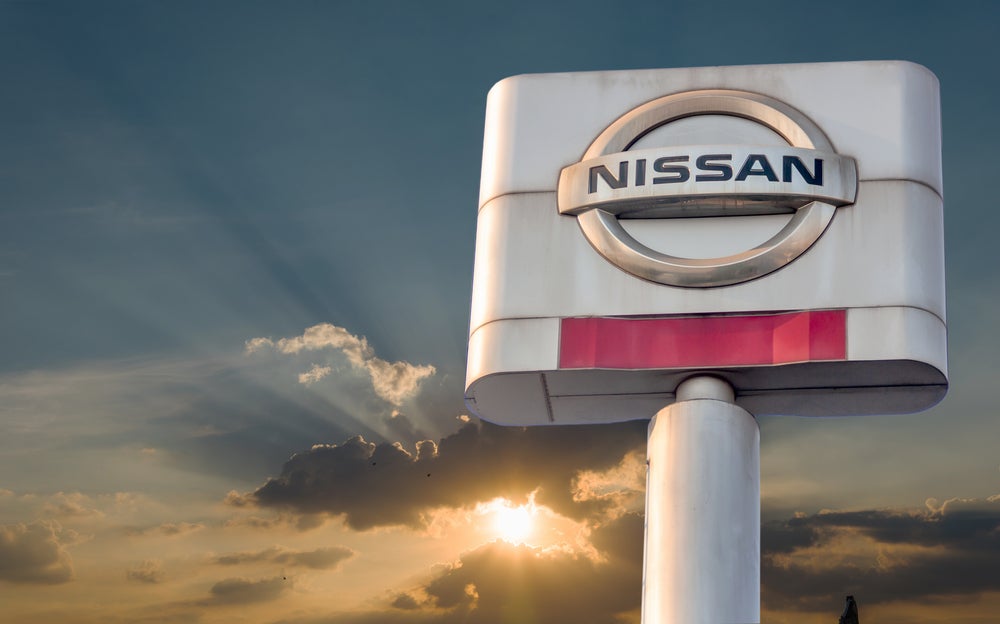The vehicle movement industry is set for a major shake-up with the introduction of electric vehicles (EVs), especially when it comes to trade plate logistics – one of the most traditional vehicle delivery methods. Nick Chadaway, managing director at DMN Logistics, writes
Factors, such as shorter driving ranges on a charge compared to traditional ICE vehicles, longer refuelling times, and heavier vehicles will certainly challenge the implementation of a successful EV logistics plan.
And, with the current shortage of vehicles, executing efficient best practices will be critical to minimising further disruption and aid the switch to EVs.
The industry needs to prepare for change, and while there are considerable challenges, there are also opportunities that can deliver greater efficiencies and much-improved customer experiences, which can only be good for the wider automotive sector.
Drivers are used to ICE vehicles, to refuelling in under five minutes, knowing the distance that can be travelled on half a tank, but EVs are different and unfamiliar to most. Fortunately, EVs are equipped with systems that significantly improve driving efficiency, helping to extend range, so it is paramount logistic managers ensure drivers are trained with up-to-date knowledge of how an EV operates optimally in order to maximise vehicle efficiency.
Journey planning will and is starting to evolve, with greater analysis of route charging infrastructures before undertaking any journey. Drivers will also need to familiarise themselves with the ‘handshake’ between charge point and vehicle when plugged into a public charge point, to prevent delays in starting the charge or cancelling it altogether, which will help prevent further inefficiency.
How well do you really know your competitors?
Access the most comprehensive Company Profiles on the market, powered by GlobalData. Save hours of research. Gain competitive edge.

Thank you!
Your download email will arrive shortly
Not ready to buy yet? Download a free sample
We are confident about the unique quality of our Company Profiles. However, we want you to make the most beneficial decision for your business, so we offer a free sample that you can download by submitting the below form
By GlobalDataRoute changes look set to be one of the biggest challenges drivers will face, as charging takes much longer compared to re-fuelling an ICE vehicle, and charging locations (or more significantly a lack of within the UK) may hinder route choices and adversely affect productivity. This in turn will impact upon delivery times and the number of vehicles drivers will be able to transport per day.
Logistic managers, who adapt to the EV revolution earlier than later, will essentially be giving themselves an advantage in becoming market leaders and in a better position to establish factors such as price points, service levels and product proposition. EVs will undoubtedly become the dominant choice within 18-24 months because of government targets, taxation policies, and corporate and social responsibility policies of major UK companies, so now is the time to change.
Fortunately, it is not all bad news. Fuel cards are set to evolve into multi-fuel cards with existing providers planning to incorporate public EV charging networks into accounts. And as the era progresses, no doubt more charge points will be available, and a simplified billing structure formed.
It is also promising to see new route and planning systems coming to the market providing greater insight into real-time range, charger availability, timings and vehicle target charge rates. These will become a vehicle logistic manager’s ally, supporting productivity and efficiency.
Improved training and more familiarity with EV driving techniques will help extend driving range, reduce recharging costs as well as journey times with fewer stops. Investing in your workforce is key for success, especially in the current climate of driver recruitment. Time spent on personal development will lead to a more loyal, committed workforce as well as ensure they are comfortable with the switch to EV.
Armed with greater EV-focussed information, the vehicle logistics industry now needs to transfer its ICE vehicle knowledge and apply it to EVs. Listening to clients and embracing new systems, their people and support processes will help support a seamless transition from ICE logistics to EV logistics.
As a company, we looked at our processes and re-assessed the way in which we operate as EVs continue to affect the day-to-day running of our business; we have been fortunate enough to have successfully made the switch.
Practice makes perfect and is essential to allow all within the vehicle logistics sector to learn best practices. Change can be scary, but these are exciting times within a seemingly unchanged vehicle logistics landscape. Be prepared for the change and adapt because, it is happening!







